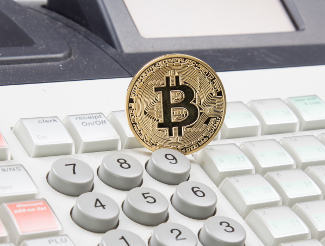While many people understand that cryptocurrencies have great potential as investment assets, it’s easy to forget that cryptocurrencies such as Bitcoin were originally developed to be used as currencies at point of sale. One of the keys to greater adoption of these cryptocurrencies, then, is increased use by consumers and acceptance by merchants. With all indicators pointing to 2019 being a great year for cryptocurrency acceptance, what might the future hold in 2020?
Overall, an estimated $4 billion worth of Bitcoin passed through merchants’ coffers last year. Payment processor BitPay, one of the better known cryptocurrency payment processors, alone processed $1 billion worth of cryptocurrency transactions, with most of those transactions coming in the form of Bitcoin. Ether and other cryptocurrencies made up much smaller percentages of spending activity.
While $4 billion may seem like a lot, it’s still only a small percentage of the nearly $175 billion in market capitalization of Bitcoin. And it’s also a drop in the bucket when compared to credit card usage, which was $3.7 trillion in 2019. So cryptocurrency usage at point of sale is about 1/1000 the size of the credit card market.
While that’s still pretty tiny, one can’t expect market dominance overnight. We’re still only a decade into the cryptocurrency experiment, and even contactless mobile payment systems such as Apple Pay and Samsung Pay are still in their infancy and struggling to gain a foothold in the mobile payments arena. Bitcoin may not have the backing of major corporate behemoths, but it does have an edge on other mobile payment solutions, as it has been accepted for a longer time.
In the end, we can expect merchant acceptance of cryptocurrencies to continue growing in the future. Cryptocurrencies are no longer oddities at which people look askance, but rather vital currencies that appeal both to consumers and to investors.
This article was originally posted on Coin IRA.





